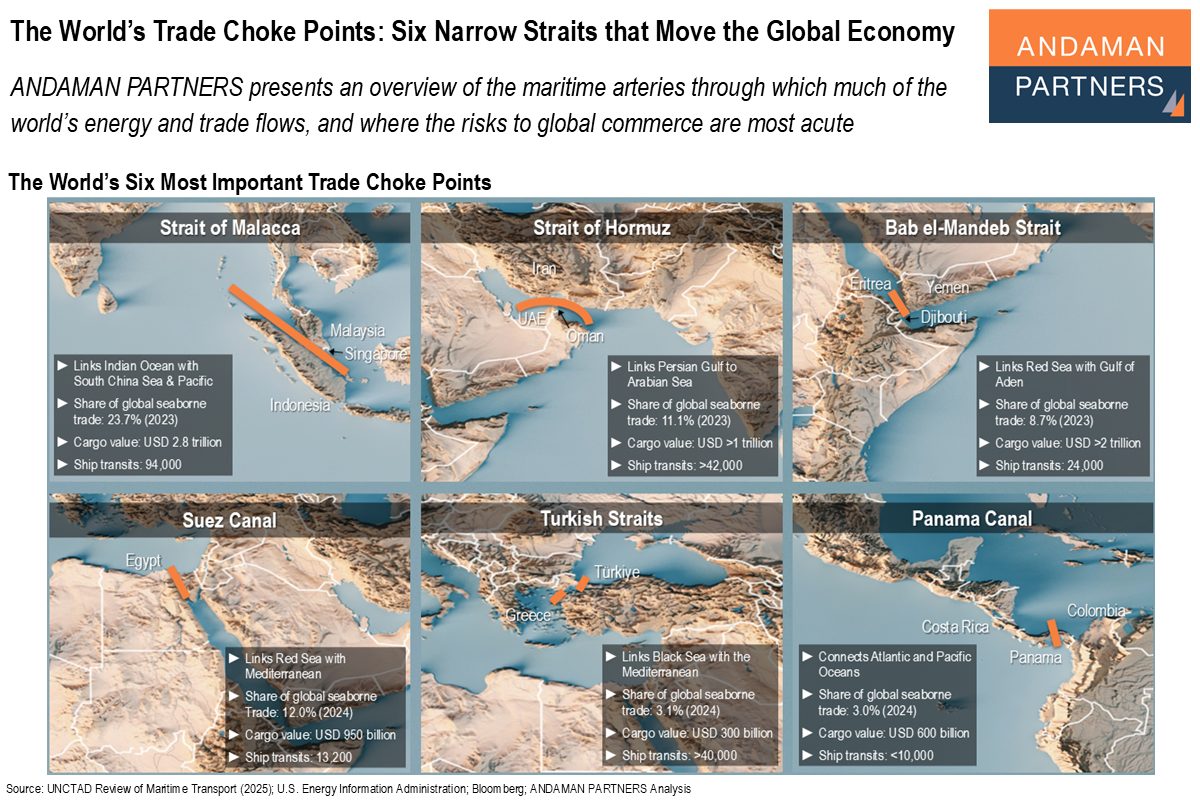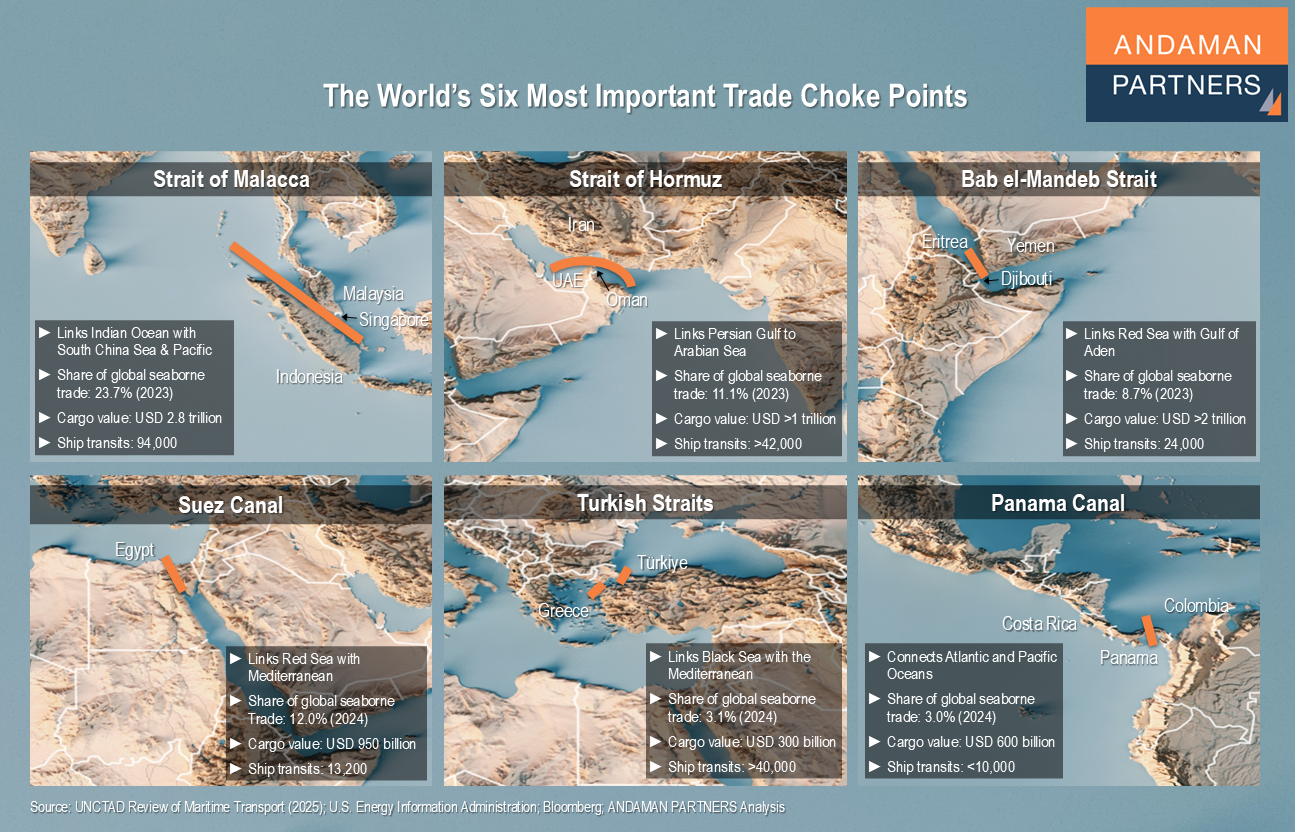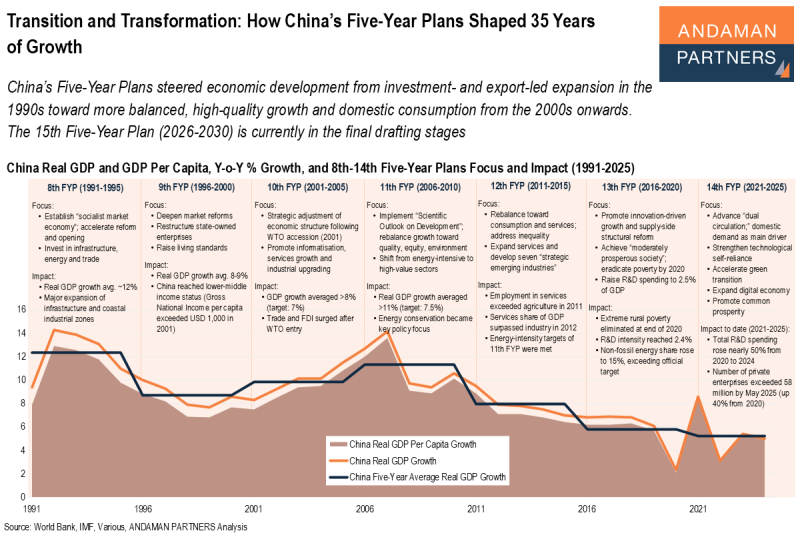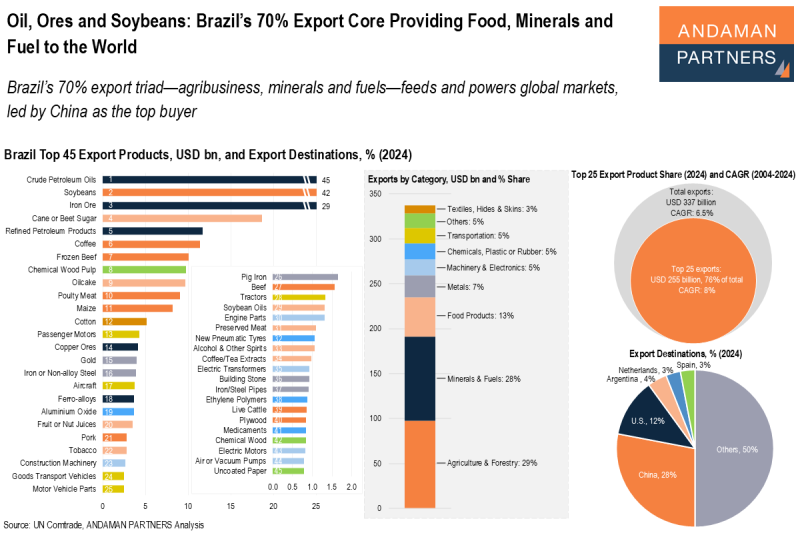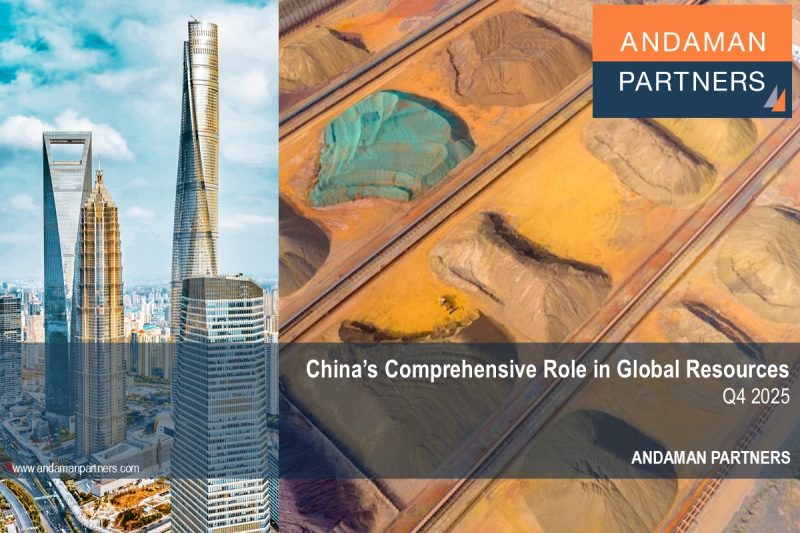ANDAMAN PARTNERS Maps the Most Important Trade Choke Points
Choke points are the narrow arteries of world trade, slim maritime corridors through which a large share of the world’s oil, gas, grains and manufactured goods must pass.
Often only a few kilometres wide, these sea lanes are vital to global commerce yet dangerously exposed to conflict, congestion and climate risks. Together, they illustrate both the connectivity and fragility of the global trading system.
The uninterrupted operation of the six choke points listed below underpins the global economy. Yet, their exposure to conflict, climate and congestion makes them the most strategic vulnerabilities in world commerce.
Strait of Malacca
Location: 900-km channel between the Malay Peninsula and Sumatra, linking the Indian Ocean with the South China Sea and the Pacific.
Share of Global Seaborne Trade (2023): 23.7%; total cargo value above USD 2.8 trillion.
Significance: The world’s busiest shipping lane and the shortest sea route between the Middle East and East Asia.
Cargo: >23 million barrels per day of crude oil and petroleum products (around 70% of global traffic) flow eastwards; electronics, machinery and manufactured goods flow westward.
Ship Transits (2023): >94,000.
Risks: Piracy, volcanic activity and accidents near Singapore, where the Strait narrows to just two nautical miles.
Strait of Hormuz
Location: 40-km passage between Iran and Oman, connecting the Persian Gulf to the Arabian Sea.
Share of Global Seaborne Trade (2023): 11.1%; cargo value exceeding USD 1 trillion.
Significance: The only maritime outlet for five of the world’s top ten oil producers (Saudi Arabia, Iraq, the UAE, Kuwait and Iran), making it the world’s most critical energy chokepoint.
Cargo: Mostly oil and gas: About 34% of global seaborne oil exports and 30% of liquefied petroleum gas (LPG) exports.
Ship Transits (2024): >42,000.
Risks: Regional conflict, geopolitical tension and military confrontation.
Bab el-Mandeb Strait
Location: 50-km channel between Yemen and the Horn of Africa (Djibouti and Eritrea), connecting the Red Sea with the Gulf of Aden.
Share of Global Seaborne Trade (2024): 8.7%; total cargo value above USD 2 trillion.
Significance: A vital link between the Indian Ocean and the Mediterranean via the Suez Canal; any disruption directly impacts Europe-Asia trade.
Cargo: Crude oil, liquefied natural gas (LNG) and containerised goods, including roughly 12% of global seaborne oil exports and 8% of LNG exports.
Ship Transits (2023): 24,000 (down nearly 50% in 2024 amid Red Sea conflict).
Risks: Armed attacks on shipping and prolonged regional instability.
Suez Canal
Location: 193-km canal through northeastern Egypt, linking the Red Sea and the Mediterranean.
Share of Global Seaborne Trade (2024): 12%; total cargo value about USD 950 billion.
Significance: The shortest route between Asia and Europe, bypassing the Cape of Good Hope. Essential for Asia-Europe container traffic and Middle Eastern energy exports to Europe.
Cargo: Containerised goods, crude oil, refined products, LNG, chemicals and grains.
Ship Transits (2024): 13,200 (down 50% from 2023 as Red Sea attacks diverted shipping).
Risks: Proximity to conflict zones and exposure to security threats in the Red Sea.
Turkish Straits
Location: Two narrow waterways (Bosporus, 30 km; Dardanelles, 68 km) linking the Black Sea with the Mediterranean via the Sea of Marmara.
Share of Global Seaborne Trade (2024): 3.1%; total cargo value of USD 300 billion.
Significance: The only maritime outlet for Ukraine, Georgia, Romania and Bulgaria; a crucial route for Black Sea energy, grain and steel exports.
Cargo: Crude oil, oil products, natural gas, grain, fertilisers and containerised goods.
Ship Transits (2024): >40,000.
Risks: High collision risk in the Bosporus, the world’s narrowest international strait (just 700 metres wide at its northern entrance).
Panama Canal
Location: 80-km canal cutting across the Isthmus of Panama, connecting the Atlantic and Pacific Oceans.
Share of Global Seaborne Trade (2024): 3.0%; total cargo value of USD 600 billion.
Significance: A critical artery for trade between the U.S. Gulf and East Coast, Latin America and Asia, serving both container and bulk carriers.
Cargo: Automobiles, grains, chemicals, crude oil, gas and petroleum products. Northbound flows are mainly South American agricultural exports; southbound flows are machinery and vehicles from the U.S. and Europe.
Ship Transits (2024): <10,000 (down 42% from 2023 due to drought).
Risks: Dependence on rainfall and freshwater levels in Gatun Lake.
Sources: UNCTAD Review of Maritime Transport (2025); U.S. Energy Information Administration; Bloomberg; ANDAMAN PARTNERS Analysis.
Also by ANDAMAN PARTNERS:
ANDAMAN PARTNERS supports international business ventures and growth. We help launch global initiatives and accelerate successful expansion across borders. If your business, operations or project requires cross-border support, contact connect@andamanpartners.com.
Media

ANDAMAN PARTNERS Wishes You a Merry Christmas and Happy New Year!
Merry Christmas and Happy New Year from ANDAMAN PARTNERS!

AAMEG Sundowner Event in Cape Town Ahead of Mining Indaba 2026
ANDAMAN PARTNERS is pleased to sponsor and support the AAMEG Pre-Indaba Cocktail.

ANDAMAN PARTNERS to Attend Future Minerals Forum 2026 in Riyadh, Saudi Arabia
ANDAMAN PARTNERS Co-Founders Kobus van der Wath and Rachel Wu will attend the Future Minerals Forum (FMF) in Riyadh, Saudi Arabia.
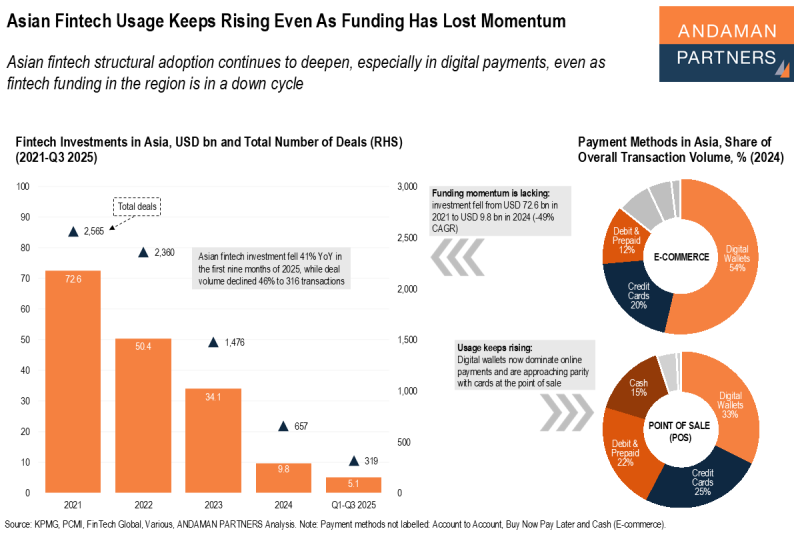
Asian Fintech Usage Keeps Rising Even As Funding Has Lost Momentum
Asian fintech structural adoption continues to deepen, especially in digital payments, even as fintech funding in the region is in a down cycle.
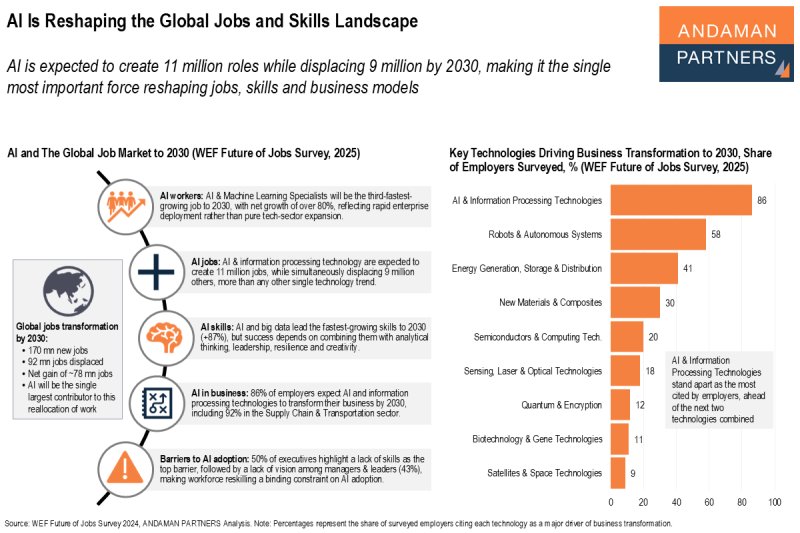
AI Is Reshaping the Global Jobs and Skills Landscape
AI is expected to create 11 million roles while displacing 9 million by 2030, making it the single most important force reshaping jobs, skills and business models.
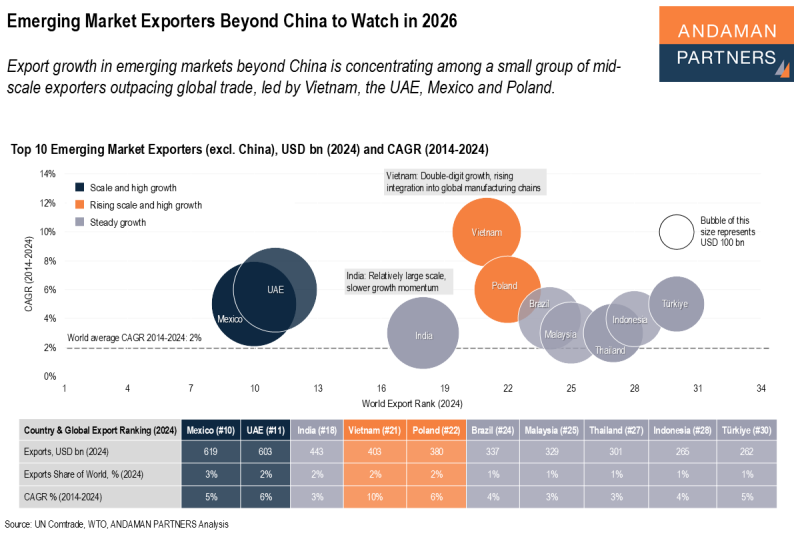
Emerging Market Exporters Beyond China to Watch in 2026
Export growth in emerging markets beyond China is concentrating among a small group of mid-scale exporters outpacing global trade.

